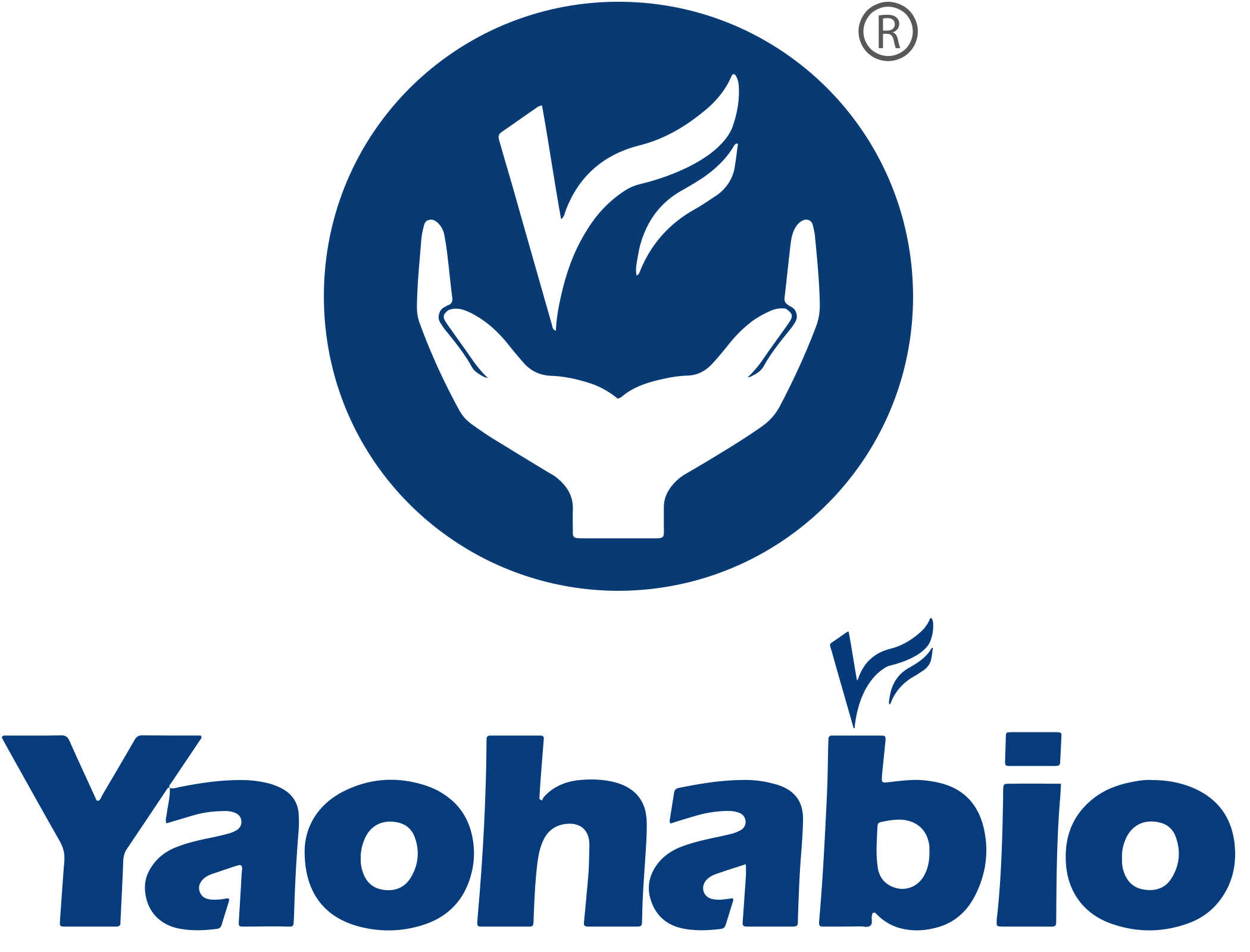Methods to Improve the Yield of pDNA
The production of plasmid DNA (pDNA) relies on genetic recombination, which involves connecting the target gene and other elements to form a covalently closed circular structure. High cell-density fermentation of Escherichia coli and purification are the main ways to produce pDNA.
The development of cell and gene therapy (CGT) and mRNA has brought more possibilities for preventing epidemic diseases and treating rare diseases. The industrial production of CGT and mRNA requires high-quality pDNA. Therefore, optimized fermentation of E. coli and high yield of pDNA are crucial for the cost-effectiveness of CGT and mRNA vaccines/drugs.
1. Increasing demand for pDNA
According to the U.S. Plasmid DNA Manufacturing Market Report, the CGT market is expected to grow from USD 7.2 billion in 2023 to USD 23.3 billion in 2028. Besides, gene therapy will become the dominant direction of CGT. An increasing number of CGT therapies are being approved for market launch, and more pipelines are entering the clinical phase. As a result, the demand for pDNA is soaring.
In addition to CGT therapies, pDNA is an essential raw material for the production of mRNA vaccines. With the continuous innovation of mRNA technology in the fields of infectious disease vaccines, cancer vaccines, and rare disease treatments, the demand for pDNA will also grow rapid.
2. Methods to improve the yield of pDNA
With the increasing demand for plasmid DNA, the current technology development focus is on optimizing fermentation strategies to improve the yield of pDNA. The key conditions for upstream process development include components of culture medium, temperature, pH, dissolved oxygen (DO), specific production rate, and fed-batch strategies.
Culture medium: The culture medium for fermentation of E. coli used in plasmid production is typically a semi-synthetic medium. It is composed of carbon sources, nitrogen sources, inorganic salts, and trace elements. Among them, the types of carbon and nitrogen sources are crucial for the growth of E. coli and the accumulation of products. Commonly used carbon sources are glucose and glycerol, and nitrogen sources include organic and inorganic nitrogen sources. Additionally, an excessively high carbon-to-nitrogen ratio (C/N) can slow down the growth of the bacterial strain, while an excessively low C/N ratio can promote rapid growth but limit product accumulation.
Temperature: The optimal temperature for the growth of E. coli is 37°C. However, lower temperatures (30-37°C) can be used in batch fermentation to reduce the maximum specific production rate, thus increasing plasmid replication. For heat-sensitive plasmids, increasing the temperature to 42°C can induce a doubling of the plasmid copy number.
pH: The optimal pH for the growth of E. coli is 7±0.2. The pH of the fermentation broth is usually maintained through acid-base pumps.
DO: The critical dissolved oxygen concentration range for E. coli is 20%-30%. Insufficient dissolved oxygen can lead to excessive production of acetic acid, affecting bacterial growth and even causing bacterial autolysis. Excessive dissolved oxygen can cause oxygen poisoning. Factors that affect dissolved oxygen include agitation speed, aeration rate, etc.
Fed-batch strategy: Fed-batch fermentation is often chosen for plasmid production. Firstly, it is conducive to achieving high cell-density fermentation of E. coli, resulting in more biomass, which serves as the basis for high yield. Secondly, the excessively fast growth of Escherichia coli affects plasmid stability. The addition of restrictive nutrients using fed-batch can rationally control the growth rate of E. coli, thereby enhancing plasmid yield. The DO-stat control strategy is commonly used to regulate fed-batch during plasmid fermentation. There is also research indicating the feasibility of the pH-stat strategy.
3. Services provided by Yaohai Bio-Pharma
Yaohai Bio-Pharma has developed a mature platform for plasmid production. In addition, Yaohai Bio-Pharma optimized the basic culture medium, feed medium, and fermentation control strategy. Within a cultivation cycle of 30 hours, the plasmid yield exceeds 1g/L.
In addition, Yaohai Bio-Pharma is capable of providing process optimization solutions based on single-factor or Design of Experiments (DoE) methods for different plasmids and host bacteria. Yaohai Bio-Pharma aims to meet clients' requirements for high plasmid yield and quality.
Yaohai Bio-Pharma is also actively seeking institutional or individual global partners and offers the most competitive compensation in the industry. If you have any questions, please feel free to contact: [email protected]
Hot News
-
Yaohai Bio-Pharma Passed EU QP Audit and Attains ISO Triple Certification
2024-05-08
-
BiotechGate, Online
2024-05-13
-
2024 WORLD VACCINE CONGRESS Washington
2024-04-01
-
CPHI North America 2024
2024-05-07
-
BIO International Convention 2024
2024-06-03
-
FCE COSMETIQUE
2024-06-04
-
CPHI Milan 2024
2024-10-08

 EN
EN
 AR
AR
 HR
HR
 CS
CS
 DA
DA
 NL
NL
 FI
FI
 FR
FR
 DE
DE
 EL
EL
 IT
IT
 JA
JA
 KO
KO
 NO
NO
 PL
PL
 PT
PT
 RO
RO
 RU
RU
 ES
ES
 SV
SV
 IW
IW
 ID
ID
 LV
LV
 LT
LT
 SR
SR
 SK
SK
 SL
SL
 UK
UK
 VI
VI
 ET
ET
 HU
HU
 TH
TH
 TR
TR
 FA
FA
 AF
AF
 MS
MS
 BE
BE
 MK
MK
 UR
UR
 BN
BN

